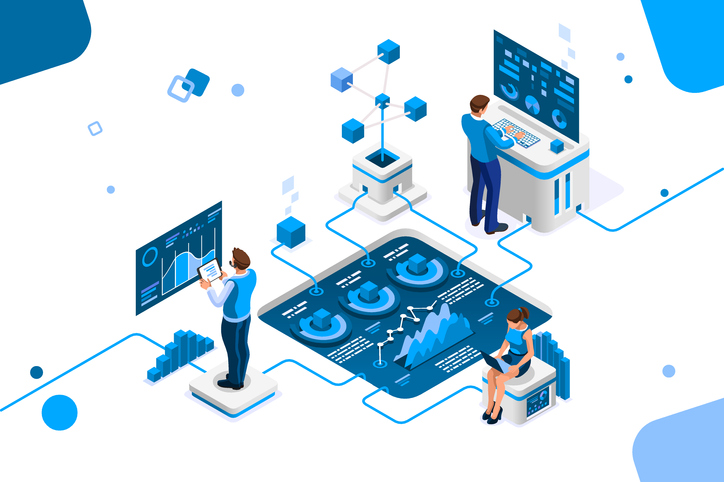Current trends in business and technology show that the way employees work — where, when, why and with whom — have and will continue to change over the next decade, bearing little resemblance to work as it stands today. The following are six ideas about the future direction of the workplace and how organizations can prepare for it.
How the workplace will change in the next 10 years
No. 1: Middle management will have different responsibilities
Managers today must confront new realities. Social and political turbulence, work-life fusion and hybrid work have added a new layer of complexity (and pressure) to their roles. Many employees are working in a hybrid world with more choices about where, when and how much they work.
Plus, the responsibilities of managers — and the number of workers who report to them — have skyrocketed, making it more difficult to provide hands-on assistance.
Traditional managerial success was based on the ability to manage and evaluate employee performance. This has shifted. HR executives will hire and develop managers who are poised to be great coaches and teachers, and operate with empathy.
No. 2: Upskilling and digital dexterity will outweigh tenure and experience
In the future, the most high-value work will be cognitive in nature. Employees will have to apply creativity, critical thinking and constant digital upskilling to solve complex problems. The digital economy demands new ideas, information and business models that continually expand, combine and shift into new ventures. Employees must consistently refresh their digital dexterity to meet these needs.
HR will have to establish and promote a continuous learning environment, meaning knowledge acquisition and transparency across the organization must become a part of day-to-day operations.










